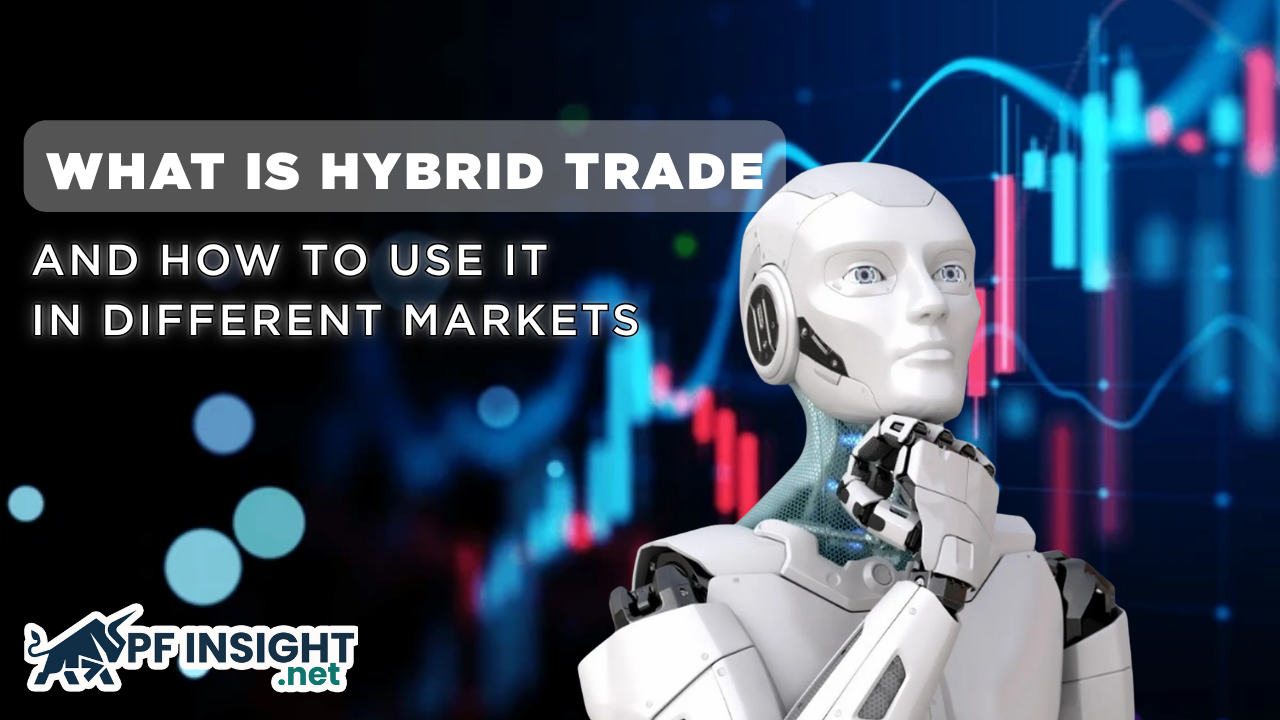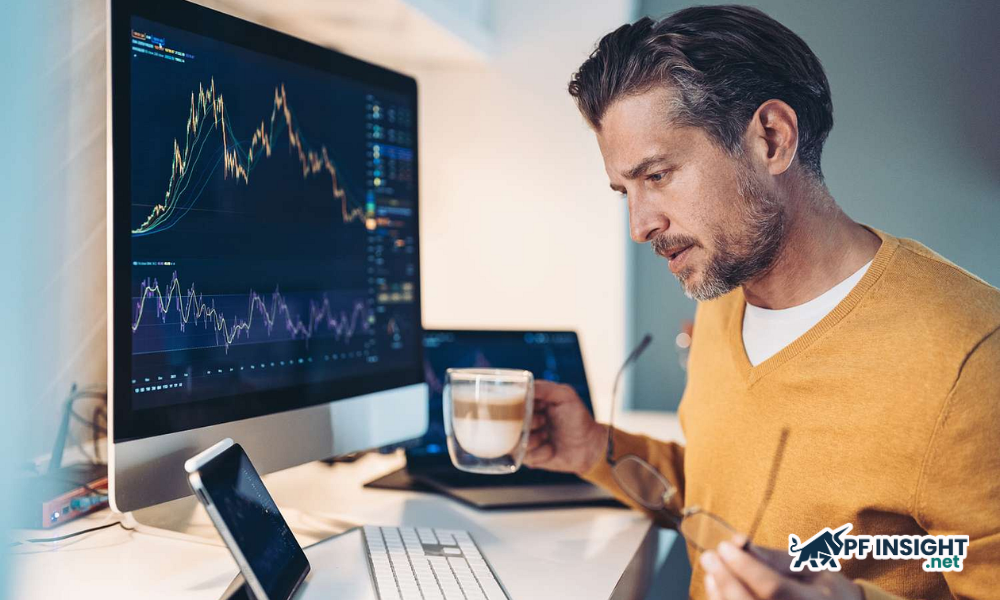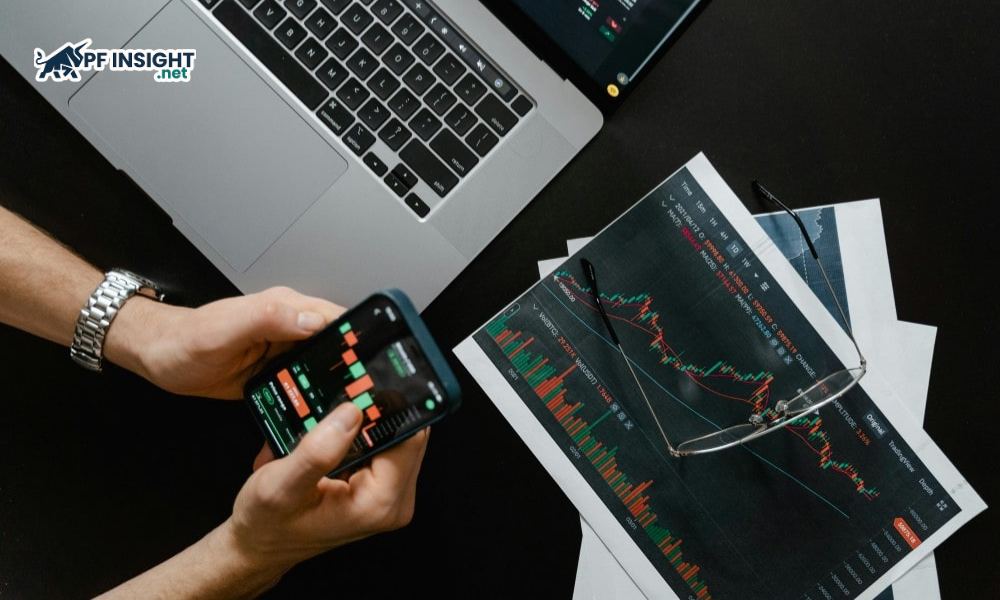Instead of relying on emotions or letting machines make decisions automatically, hybrid trade offers a more balanced approach: it takes advantage of the analytical power and processing speed of automated systems while maintaining the flexibility and intuition of human traders. This trading method is suitable for most markets, from forex and stocks to crypto, where speed and accuracy are becoming increasingly important.
PF Insight will go with you to explore what hybrid trade is, how the hybrid trading system works, the benefits it brings, and how to apply the hybrid strategy in different markets for the best results.
- How to backtest on MT5 and avoid common mistakes
- Top 5 remote Prop Trading Firms for 2025 – The best platforms for funded traders
- Top Prop Firms that allow News Trading without restrictions
What is hybrid trade?
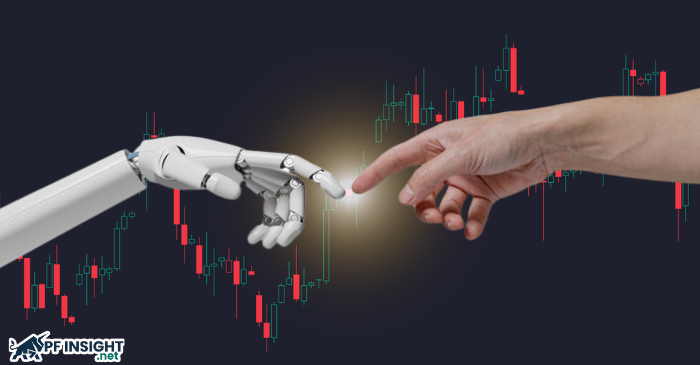
Hybrid trade is a trading model that combines manual trading and automated trading to take advantage of the strengths of both methods. In a hybrid trading system, humans and technology work together to make trading decisions, making the process more flexible and accurate.
Instead of letting robots handle all trades or relying solely on intuition, hybrid trading allows traders to set automated rules such as entry points or stop-loss levels while still maintaining control during critical moments like major news events or high market volatility.
For example, a trader might use an automated system to scan for signals and open positions when technical conditions are met, but the trader can decide to close the trade early if the market shifts unexpectedly. This combination helps reduce emotional influence, increase reaction speed, and maintain analytical flexibility, something purely automated systems often lack.
In other words, hybrid trading serves as a “bridge” between human intelligence and computational power, offering a smarter trading approach that suits most styles and levels of traders.
How hybrid trading systems work
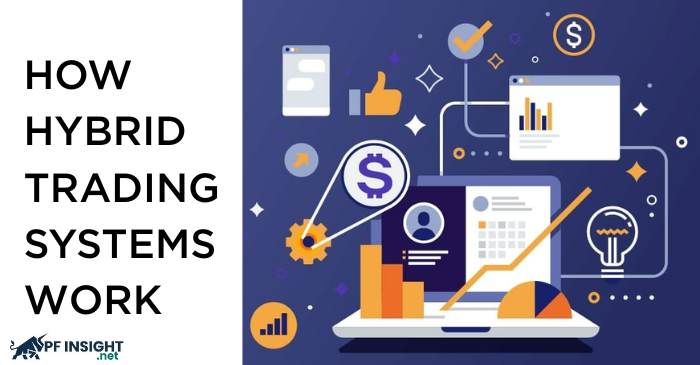
A hybrid trading system is designed to combine the computational power of technology with the analytical flexibility and decision-making ability of humans. The goal is to create a balance between automation and manual control, ensuring efficiency while maintaining the human element in the trading process. Fundamentally, hybrid trading operates through three main layers:
- Automation layer: This is the core component responsible for scanning data, detecting trading signals, and triggering predefined actions such as opening or closing trades. The system may be an Expert Advisor (EA), a trading bot, or a custom-built algorithm tailored to the trader’s strategy.
- Manual layer: The human trader still plays a key role in control and decision-making during complex situations, for example, during high volatility, major news events, or when automated signals conflict. The trader can pause automation, adjust parameters, or manually intervene in active trades.
- Feedback layer: After each trading cycle, data is collected to evaluate performance. The trader then uses this feedback to refine the algorithm, improve accuracy, and optimize the overall operation of the hybrid system.
When these three layers work in harmony, a hybrid trading system can react as quickly as a bot while still “thinking” like a human. This makes it well-suited for various markets, from forex and stocks to crypto, where constant change demands both speed and adaptability.
Advantages of hybrid trading
The greatest strength of hybrid trading lies in its ability to effectively combine the power of both humans and machines, two elements that are often separated in traditional trading systems. Below are the key advantages that hybrid trading systems offer to traders:
Superior speed and efficiency
The automated component of a hybrid system allows it to process data and scan signals much faster than manual trading. Orders can be executed instantly when market conditions are met, ensuring traders don’t miss opportunities even within seconds.
Reduced emotional influence in trading
One of the main reasons many traders lose money is emotional decision-making. Hybrid trading helps minimize this by letting the automated system handle the technical execution, while the human trader intervenes only when necessary, resulting in more objective decisions.
Maintains human flexibility
Unlike fully automated systems, hybrid trading allows manual intervention when the market behaves unpredictably or when strategy adjustments are needed. This enables quick adaptation to situations that algorithms cannot anticipate.
Improved accuracy and strategy optimization
Hybrid systems provide better risk control by processing multiple data sources, including technical indicators, news, and market sentiment. In addition, post-trade data is stored for performance analysis, helping traders refine and optimize their strategies over time.
Adaptable across all markets
Hybrid trading can be applied to nearly all markets: forex, stocks, commodities, or crypto. In each market, the system can be customized based on volatility and reaction time, offering traders maximum flexibility and adaptability.
How to use hybrid trade in different markets
One of the greatest strengths of hybrid trading is its ability to adapt flexibly across different markets. Whether you trade forex, stocks, or crypto, a hybrid system can be customized to balance the speed of automation with the analytical insight of human decision-making. Below is how hybrid trading can be applied in each specific market:
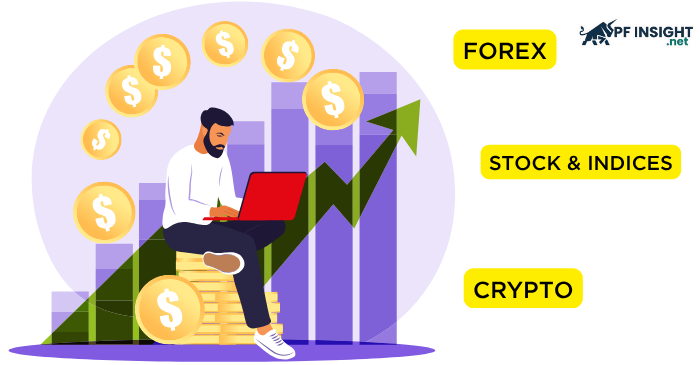
Forex market
The forex market operates 24/5 and is highly volatile, making hybrid trading systems especially valuable.
Traders can use bots or Expert Advisors (EAs) to scan signals and identify automated entry zones while retaining manual control over exit decisions or position sizing based on market sentiment.
This combination helps reduce risks during strong reversals and capitalize on short-term price movements effectively.
Stock and indices market
In the stock market, where prices are heavily influenced by news and fundamentals, hybrid trading offers a perfect balance between automated technical analysis and human judgment.
For instance, the system can automatically track price patterns or trading volume, while the trader makes the final buy/sell decision based on news, earnings reports, or corporate events.
Crypto market
Crypto operates 24/7 and is the most volatile of all markets, making hybrid trading particularly powerful.
Traders can use bots to identify arbitrage or breakout opportunities but should maintain manual supervision during high volatility periods or when major news impacts the overall market.
This helps prevent bots from misfiring while ensuring traders remain agile and responsive to sudden shifts.
In summary, hybrid trading is not just a trading method; it’s a smart risk management mindset that allows traders to leverage technology while staying in control. Whether in forex, stocks, or crypto, understanding and properly applying this model can help you optimize trading performance under any market condition.
Common mistakes to avoid
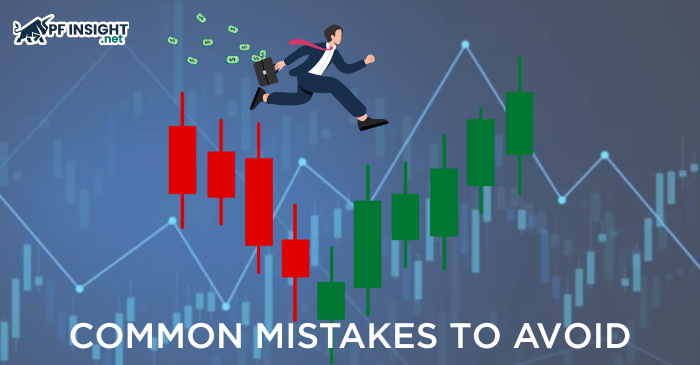
Although hybrid trade brings many benefits, not every trader uses it correctly. Hybrid trading is not a “self-operating perfect model”; it only reaches its full potential when you clearly understand its mechanism, regularly monitor it, and maintain the right balance between automation and manual control. Misunderstanding or overusing this system can significantly reduce its effectiveness and even lead to losses. Below are the most common mistakes when operating hybrid trading systems:
Relying too much on automation
Some traders put too much trust in bots or tools, letting the system handle everything without supervision. When the market becomes volatile or unexpected news appears, failing to intervene in time can cause trades to go in the wrong direction and result in large losses.
Lack of synchronization between manual and automated strategies
Hybrid trading only works effectively when both parts, human and machine, operate in harmony. If the manual strategy conflicts with the programmed logic, the results can become inconsistent and difficult to control.
Lack of data and testing (backtesting)
Before deploying a hybrid system, backtesting is very important to ensure that the algorithm and workflow are stable. If you skip this step, the system may react incorrectly to real market conditions.
Not updating and optimizing regularly
The market constantly changes, but many traders keep using the same old configuration of their hybrid system. Not updating parameters, logic, or strategies can cause performance to decline over time.
Lack of a clear risk management plan
No matter how powerful a hybrid system is, it can still face risks without proper capital management. Traders should set stop-loss levels, define risk limits for each trade, and never let the system run without supervision.
Conclusion
Hybrid trade is becoming a new direction for traders who want to combine the precision of technology with the intuition of human judgment. With hybrid trading systems, you are no longer limited to “choosing one side” between manual or automated trading; instead, you can leverage the strengths of both to trade more effectively.
By understanding how hybrid trading works, testing it thoroughly, and applying this model flexibly across markets such as forex, stocks, or crypto, you can significantly improve performance and reduce risk. However, it is essential to always stay in control, never rely entirely on the system, and continuously optimize your strategy to adapt to changing market conditions.
Follow our Knowledge Hub to explore more insightful articles from us!

